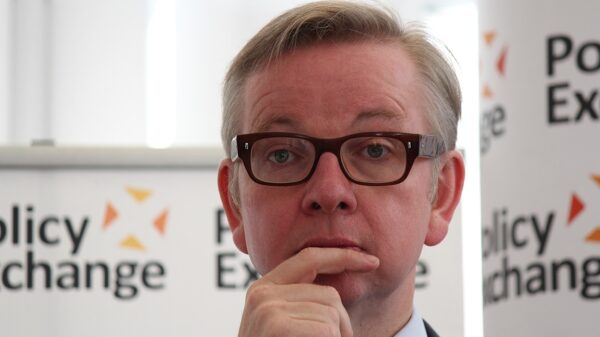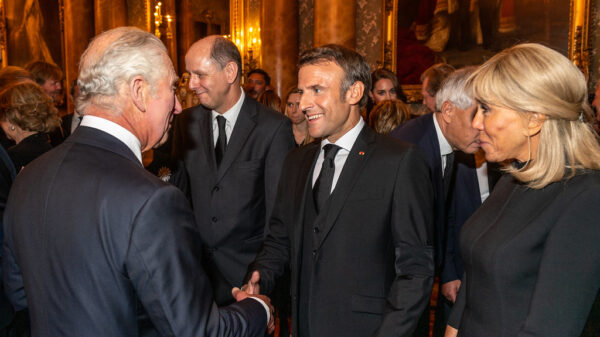Roar writer Isabella Sheekey on the lack of female leaders in the formation of the UK’s COVID-19 policy, and why this deficit should be corrected.
Boris Johnson recently appeared in front of the Liaison Committee to answer questions from select committee chairs. This brought about a discussion on a range of topics, with the first half dominated by questions about his advisor Dominic Cummings.
While many of the most discussed moments were posed by unimpressed MPs expressing their contempt for Mr Cummings’s interpretation of the lockdown rules, arguably, one of the most important questions came from former Home Office minister Caroline Nokes, who asked the PM if there are “enough women†involved in the decision-making processes.
This serious question surrounding female representation in government created a bizarre exchange, as the PM replied with an “Oh boy…†and finished with the suggestion Nokes that might become Britain’s third female Prime Minister.
The nervous laughter of the PM accompanied by a smirking Liaison Committee chair created what could at first glance be seen as a jovial exchange. However, this exchange is but one of many instances of people highlighting the need for increased gender diversity in government.
Thus far, it is clear that key decisions surrounding the handling of the virus have been male-dominated, made by such figures as Boris Johnson, Rishi Sunak, Dominic Raab, Matt Hancock, Grant Sharps, Michael Gove. The members of this league of gentlemen are now coming under scrutiny from the public & press for their slow start in responding to COVID-19.
Boris Johnson set the stage for the government’s floundering approach to a pandemic with his failure to express the seriousness of the situation by boasting of his ability to shake hands with everybody in early March. This incompetence in leadership has been mirrored throughout the entire government strategy, from the inability to lock down early enough, PPE shortages for key workers on the frontline, the crisis in care homes, and now the failure to implement a clear exit strategy from lockdown.
Compare the UK’s response to actions taken in New Zealand, Norway, Germany, and Denmark; all female-led countries. Is it simply coincidence that, on the whole, these countries’ policymaking has trumped that of male-led countries? And is it a coincidence that a lack of significant female representation in Mr Johnson’s inner circle is also coupled with the failings of the UK’s pandemic strategy?
The differences in the leadership qualities of men and women are often discussed by academics; however, one idea that has recently gained traction is the idea that when women are at the top, there is more transparency and accountability. This can subsequently generate more trust in the government.
This can be seen in countless examples, including the female-led counties tackling COVID-19 well. Notably, Denmark’s Prime Minister Mette Frederiksen took a voluntary 20 per cent pay cut and held a press conference specifically for children. Similarly, New Zealand’s PM recently claimed the Easter Bunny is a key worker to help support struggling parents with upset children over the Easter holiday.
The approaches of female leaders go beyond trying to become a “wartime leaders”. They establish a culture of trust to get their populations on board with social distancing measures that are the key to leading their countries out of this pandemic. These women have undoubtedly demonstrated remarkable leadership.
With this in mind, would Mr Johnson benefit from the knowledge that having “enough†women crafting policy would also mean having 50 per cent of those present being women? Would the UK’s initial response to the virus have been so disjointed and communications from the government in regard to easing the lockdown have been so disorganised if female representation in Johnson’s government had been higher?
There is no conclusive way to answer these questions. However, what we do know is that female leaders have demonstrated strong leadership in what has been a devastating crisis. The critical point to take away from all this is that women are not just qualified to be involved in decision-making processes – they can actually strengthen them.



















